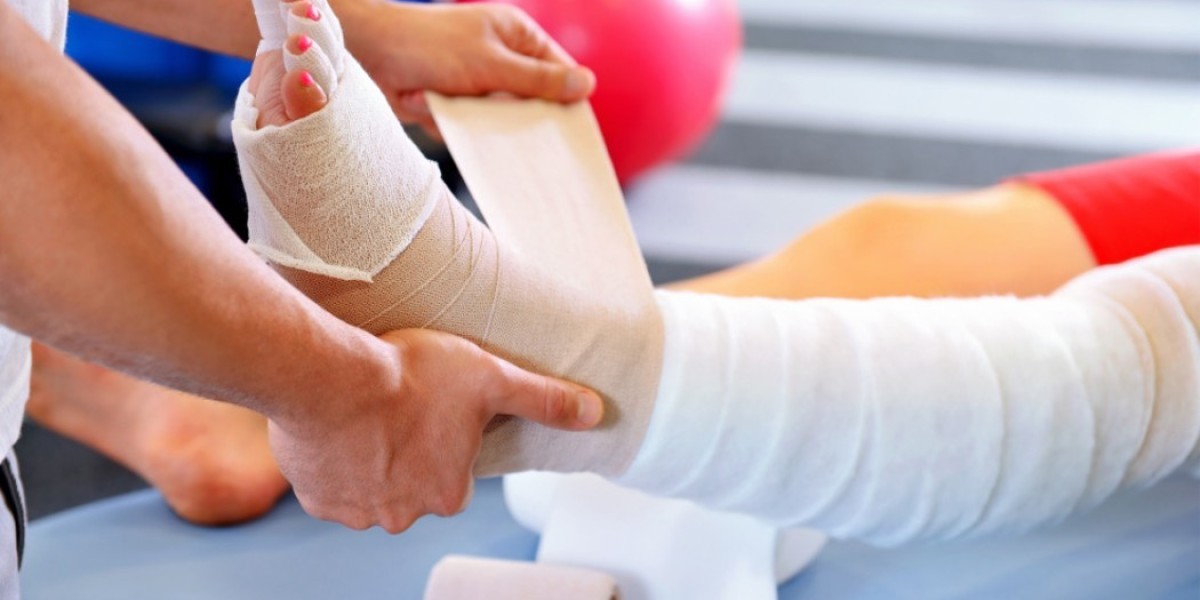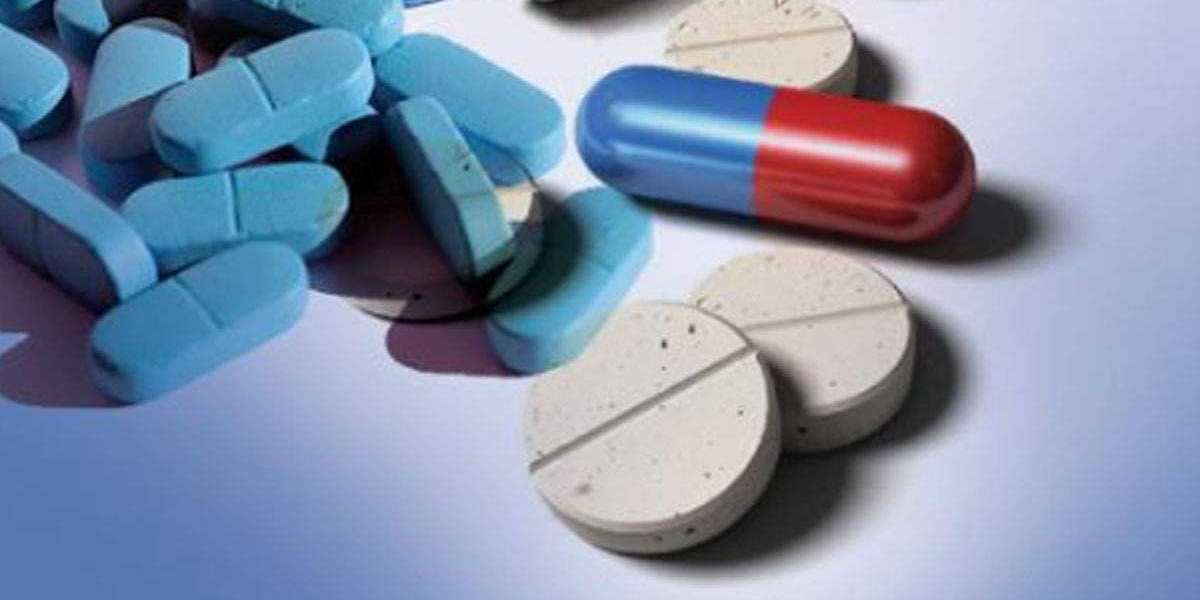What is Lymphedema?
Lymphedema is a chronic condition caused by a blockage in the lymphatic system, which is part of the body's immune system. The lymphatic system helps fight infection and disease, and includes lymph vessels and lymph nodes that produce, store, and carry white blood cells called lymphocytes. When lymph vessels or nodes are damaged or removed, lymph fluid builds up in the surrounding tissues, causing swelling known as lymphedema. There are two main types of lymphedema: primary and secondary.
Primary Lymphedema Treatment
Primary lymphedema is rare and can be present from birth or develop during childhood. It occurs when lymph vessels fail to develop or are damaged before any other illness or surgery happens. Treatment focuses on controlling swelling and preventing infections. Manual lymphatic drainage (MLD) and compression therapy are commonly used.
MLD involves very light massage to stimulate lymph flow in affected areas. It is usually performed by a therapist trained in MLD techniques. Compression involves wearing compression garments to help lymph fluid drain and prevent it from collecting. Garments range from elastic sleeves or socks to full-length compression limb garments. Keeping skin clean and using moisturizers can help prevent infections.
Secondary Lymphedema Treatment
Secondary lymphedema is much more common. It develops as a result of damage to the lymphatic system from factors like cancer treatment, injury, infection, or surgery. Cancer-related lymphedema is one of the most common forms. Some cancer treatments, such as lymph node removal or radiation therapy, can injure lymph vessels and disrupt normal lymphatic drainage. Secondary Lymphedema Treatment usually involves a multipronged approach:
Complex Decongestive Therapy
Complex decongestive therapy (CDT) is considered the gold standard of treatment for lymphedema. It aims to reduce swelling and promote healing through MLD, compression bandaging or wrapping, skin care techniques, and exercise. MLD helps mobilize excess fluid for drainage while compression bandages provide enough pressure to drain lymph out of swollen tissues. During the "intensive" phase lasting 4-6 weeks, a therapist performs MLD daily along with compression wrapping. Patients are taught self-care skills and use compression at home. In the maintenance phase, MLD may be performed less often with continued use of compression garments or sleeves.
Exercise to Manage Lymphedema
Exercise is a key part of lymphedema management. Range-of-motion exercises can help lymph circulate and muscle contraction assists lymph drainage. Exercise should not cause pain or excessive fatigue in affected areas. Low-impact activities like walking are usually recommended. Weight lifting may be limited on the affected side. Therapeutic exercise is often incorporated into CDT programs.
Lymphedema Risk Reduction
Education about ways to prevent infections and further damage to the lymphatic system is another important aspect of treatment. People with lymphedema should practice good skin care, wear sun protection, use insect repellents, take steps to avoid injury, get vaccinated to help prevent illness, and get prompt treatment if infections occur. Limbs should be elevated when possible to facilitate lymph flow.
Integrative Lymphedema Treatment Options
In addition to CDT and self-care, some people explore integrative therapies as complementary approaches for management of symptoms or swelling. Options like acupuncture, yoga or Pilates modified for lymphedema, herbal supplements and medicinal plants, lymphatic drainage massage from practitioners trained in traditional massage styles, biofeedback to promote lymph circulation, and hydrotherapy are being studied. More research is still needed on safety and effectiveness.
Lifelong Management is Key
There is no cure for lymphedema, so ongoing management is necessary. The goal is to prevent additional fluid accumulation through proper self-care techniques while incorporating treatments to reduce existing swelling. An individualized program overseen by a multidisciplinary team that may include a physiatrist, physical therapist, occupational therapist, and lymphedema specialist provides the best outcomes. With diligent self-care practices and use of compression garments or wraps, most people can control lymphedema and maintain its remission.
Get more insights on Lymphedema Treatment



